Hammers
Useful Blog Posts & Guides
Find out more about Hammers
Hammers are versatile hand tools that have been used for centuries, primarily designed for striking or delivering force to an object. They typically consist of a heavy "head" attached to a long handle, which allows for effective leverage and control. The head can come in various shapes and sizes, depending on its intended use, such as the classic claw, which features a curved claw for pulling nails, or the sledgehammer, which has a larger, heavier head for driving stakes or breaking concrete.
The materials used in hammer construction vary, with most heads made from steel or other durable metals to withstand repeated impact. The handles can be crafted from wood, fiberglass, or metal, each offering different levels of shock absorption and grip. A good one should feel balanced and comfortable in the hand, allowing for precise strikes without excessive fatigue.
Different types of hammers serve specific purposes in construction and woodworking. For instance, a framing ones are designed for driving large nails into wood, while a ball-peens are used in metalworking for shaping and bending metal. Specialty types, like rubber mallets, are useful for tasks that require a softer touch, preventing damage to the workpiece. Proper care and maintenance, such as checking for loose heads or worn handles, are essential for ensuring longevity and safety during use.
Hammers FAQs
What are the different types of hammers?
There are several types of hammers, each designed for specific tasks. Here are some common types:
Claw: This is the most common type, featuring a flat head for driving nails and a curved claw for pulling them out.
Framing: Similar to a claw hammer but heavier, it has a straight claw and is designed for driving larger nails into framing lumber.
Sledge: A heavy hammer with a large head, used for driving stakes, breaking concrete, or demolition work.
Ball-Peen: Primarily used in metalworking, it has a flat striking surface and a rounded end for shaping metal.
Rubber Mallet: They have a rubber head, making it ideal for tasks that require a softer touch, such as assembling furniture or tapping tiles without damaging them.
Tack: A lightweight hammer with a magnetic head, used for driving small tacks or nails, often in upholstery work.
Dead Blow: This hammer is filled with sand or shot to reduce rebound, making it great for driving without damaging the workpiece.
Cross-peen: It has a flat striking face and a peen (a wedge-shaped end) for shaping metal or driving nails in tight spaces.
Each type serves a unique purpose, so it's essential to choose the right one for your specific project!
What materials are hammers made from?
Hammers are typically made from a variety of materials, depending on their intended use. Here are some common materials:
Steel: Most heads are made from high-carbon steel or alloy steel for durability and strength. Steel hammers can withstand heavy use and provide a good striking force.
Cast Iron: Some, like sledgehammers, may have heads made from cast iron, which is strong and can absorb shock well.
Aluminium: Lightweight ones, such as some framing hammers, may use aluminium for the head to reduce weight while still providing strength.
Rubber: Rubber mallets have heads made from rubber to provide a softer strike, ideal for delicate tasks.
Wood: Traditional hammers, like some mallets, may have wooden heads, which can be gentle on surfaces.
Plastic: Some, especially those used for specialised tasks, may have plastic heads to avoid marring surfaces.
The choice of material affects the hammer's weight, durability, and suitability for various tasks!
How do I choose the right hammer for my project?
Choosing the right hammer for your project involves considering a few key factors:
Type of Task: Determine what you need it for. For driving nails, a claw is ideal, while a sledgehammer is better for demolition.
Weight: Consider the weight. Heavier ones can drive nails more forcefully but may be tiring to use for extended periods. Lighter ones are easier to handle but may require more strikes.
Material: Look at the material. Steel types are durable and effective, while rubber mallets are gentler for delicate tasks.
Grip: Ensure it has a comfortable grip that suits your hand size. A good grip can help reduce fatigue and increase accuracy.
Head Design: Depending on your project, you may need a specific head design. For example, a ball-peen hammer is great for metalworking, while a framing types has a straight claw for heavy-duty tasks.
By considering these factors, you can select the right hammer that fits your specific needs!
What is the difference between a claw hammer and a framing hammer?
The main differences between a claw hammer and a framing hammer are:
Design: A claw typically has a curved claw that is used for pulling nails, while a framing ones have a straighter claw, which is designed for driving nails into framing lumber.
Weight: Framing types are generally heavier than a claw. The added weight helps in driving nails more efficiently, especially in construction projects.
Face Texture: Framing types often have a textured or milled face to help grip the nail head better and prevent slipping, while claw hammers usually have a smooth face.
Handle Length: Framing usually have longer handles, providing better leverage for driving nails, whereas claw types have shorter handles for more control in smaller tasks.
These differences make each hammer suited for specific tasks in construction and carpentry!
How do I maintain my hammer?
Maintaining is relatively simple and helps ensure its longevity and effectiveness. Here are some tips:
Clean Regularly: After use, wipe down the head to remove dirt, debris, and moisture. This prevents rust and keeps it in good condition.
Check for Damage: Regularly inspect for any signs of damage, such as a loose head or cracks in the handle. If you notice any issues, consider repairing or replacing.
Store Properly: Store in a dry place to prevent rust. Avoid leaving it outside or in damp areas.
Handle Care: If it has a wooden handle, consider applying a small amount of linseed oil to keep the wood from drying out and cracking.
Avoid Overuse: Use it for its intended purpose to prevent unnecessary wear and tear.
By following these maintenance tips, you can keep your hammer in great shape for all your projects!

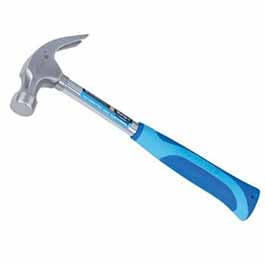
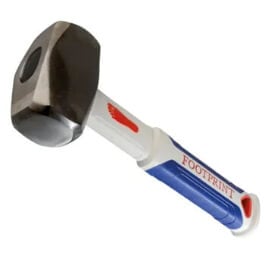
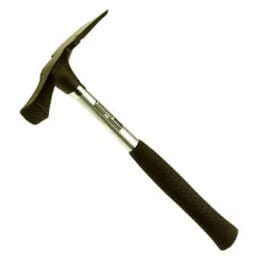
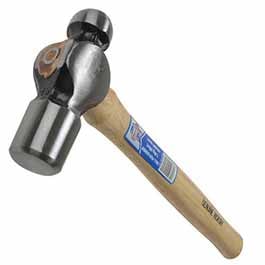
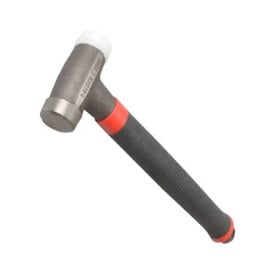
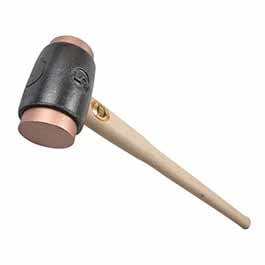
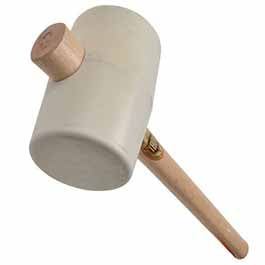
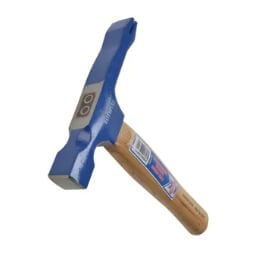

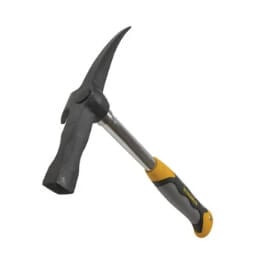
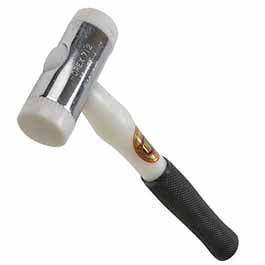
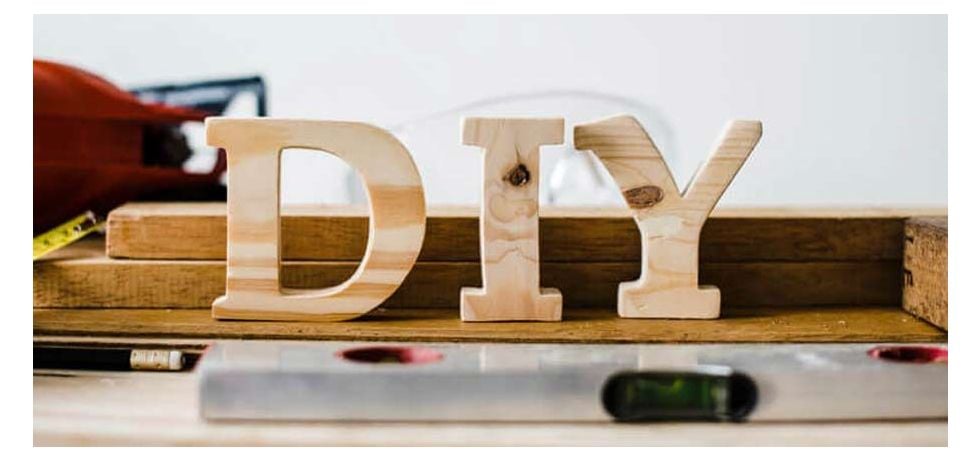
Shop our wide range of Hammers at Trading Depot. Hammers are essential tool for construction, carpentry, and DIY projects, delivering powerful and precise impact for driving nails, breaking materials, and more. Our range includes claw hammers for general use, sledgehammers for heavy-duty tasks, and ball peen hammers for metalworking, each designed with ergonomic grips and durable materials for comfortable, reliable handling. Whether for professional or home use, these hammers provide the strength and balance needed for efficient, accurate performance. Choose the perfect hammer to meet your project needs and experience quality, durability, and control in every swing.